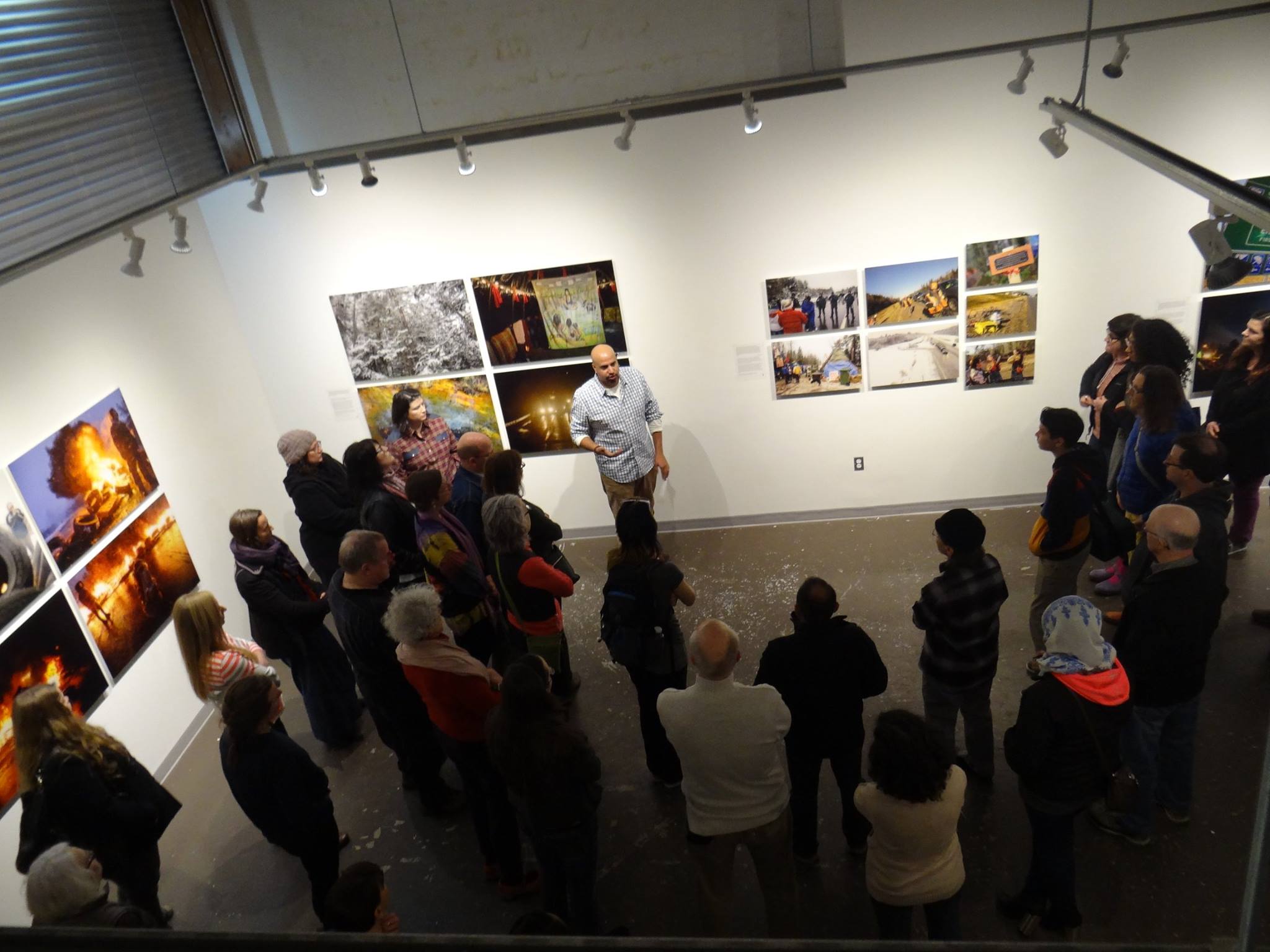Participatory Filmmaking

For decades, Western production companies have “parachuted” (sometimes literally) into remote corners of the world to make nature, environmental and science films. They extract the content they need and return home to post the film, which is then distributed to Western audiences and rarely seen by the communities in which the filming took place. People from the local communities serve as fixers, drivers, and backdrops, with the occasional inclusion of a local ranger or scientist as a character in the film. This exploitive approach is increasingly criticized.
In participatory, the group formerly known as “the audience” creates collective layers of hyper local stories that thread together to create a global connection.
–Kaitlin Yarnell, Chief Storytelling Officer, National Geographic Society
An emerging global awareness about the power of collaborative storytelling is giving rise to new forms of “participatory and collective filmmaking” with clear goals of diversity, equity, and inclusion. Unlike the early anthropology films of the 1950-60s with their strict observatory rules, in today’s participatory mode, filmmakers and subjects work together to create media. The impetus is an equitable, authentic representation that we see in films such as Water Warriors, Women On A Mission, and Thank You For The Rain.
In many ways, the filmmaker’s role is evolving from director to facilitator. Pooja Gupta, a multimedia science communicator, works with communities in India’s remote fishing villages to raise awareness about sustainable fishing and ocean conservation issues. She involves the villagers throughout the filming and editing, which can take several months. The process gives agency to the community in how the story is told, what the important issues are, and how they can create solutions to address environmental issues.
Noel and Pragna Kok, founders of Nature, Environment, Wildlife Foundation (NEWF) in Durban, South Africa, bring local filmmakers and scientists together to collectively create videos. For their 2020 NEWF Underwater Filmmakers LAB, five local filmmakers and one scientist produced a short film while learning how to dive. Their film PheFumla was broadcast on national television in South Africa in June 2020.
For Women on a Mission (2016) (See Case Study), filmmaker Katie Bryden worked with indigenous women to use smartphones to tell their stories. Many of the women have worked for decades to restore their forests and are now documenting their knowledge for future generations. Using participatory filmmaking techniques, the film follows an Awajún woman, Nancy, as she uses the phone to record cultural traditions of the older women in her village. Bryden collaborated with Nancy throughout the process, and worked with the Visual Storytelling Team and Conservation International’s Peru team to review the film for accuracy. Since this project, the women in the village have filmed and submitted their own video for a tourism contest.
For Water Warriors, Michael Premo collaborated with a community of indigenous and white families as they block an energy company from exploring for natural gas in order to protect their way of life. These water warriors include members of the Mi’kmaq Elsipogtog First Nation, French-speaking Acadians and white, English-speaking families. The collaboration resulted in a film that helped defeat natural gas exploration and provides a resource to other communities facing similar challenges. Michael Premo and Rachel Falcone’s production company, Storyline Media, continue to make participatory films, such as Sandy Storyline, a multi-platform participatory documentary that collects and shares stories about the impact of Hurricane Sandy.
Up Next